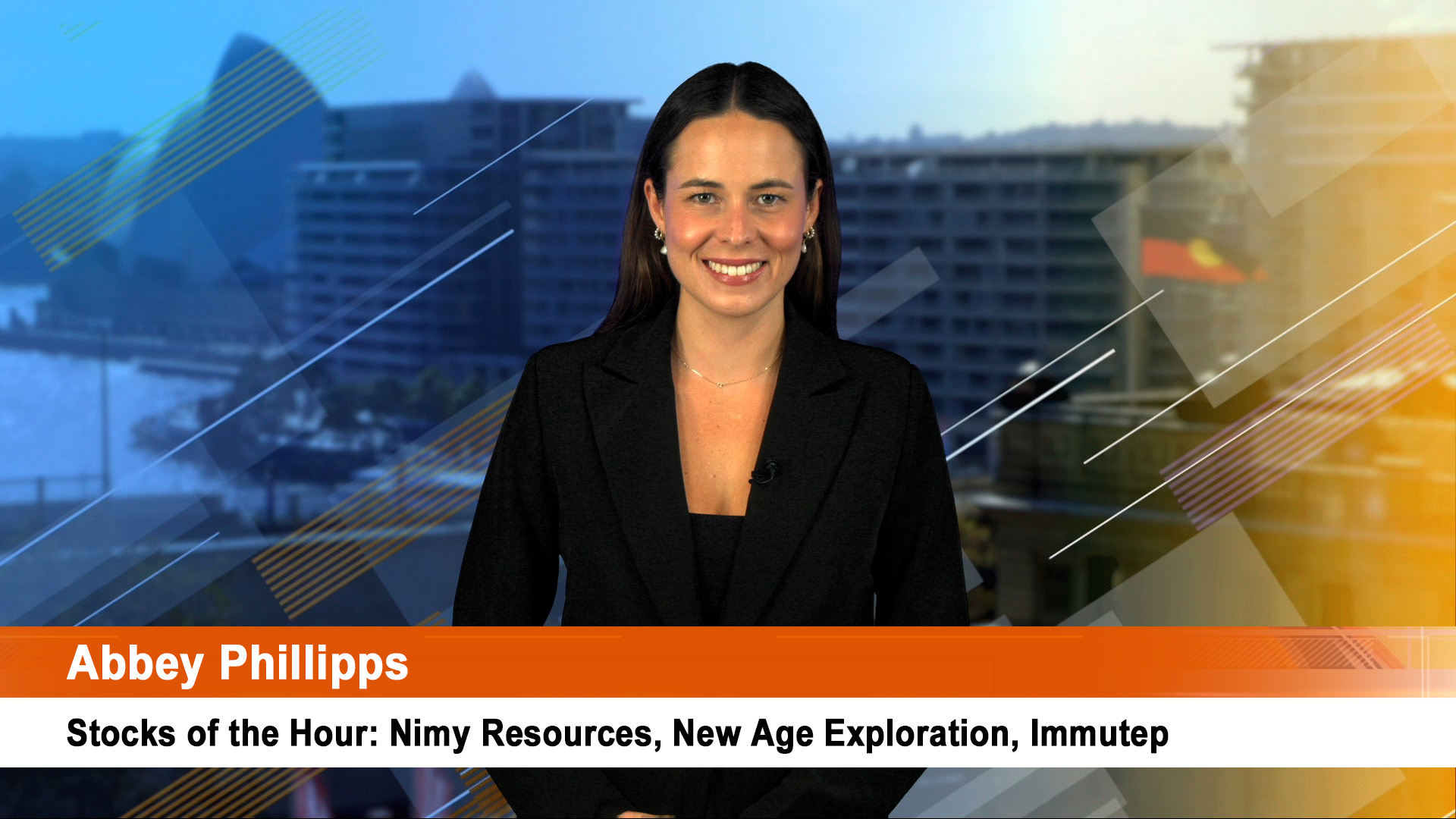NZ insurer, Tower, has reported a bigger full-year loss after writing down the value of its IT systems and putting more aside to cover Canterbury earthquake claims.
Tower said yesterday in a release to the NZX and the ASX that its loss widened to $NZ21.5 million in the year to September, from the $NZ6.6 million loss in 2014-15 Excluding one-off costs, the underlying profit fell 33% to $20.1 million, while revenue was essentially flat.
The company said the Canterbury quake claims continue to be complex for the industry and reflected poorly on the company’s performance, so it plans to set up a new company to deal with the claims.
That company will be called RunOff Co and will handle the 564 outstanding claims, while the rest of the ‘new’ Tower would focus on general insurance. Tower had previously said it expected to settle the Canterbury claims in about two years, but that is no longer the case.
“In our view, the industry model is broken with claims inflation continuing unabated, construction far slower than anticipated and little effective co-ordination between the EQC (Earthquake Commission) and insurers,” Tower’s chair Michael Stiassny said yesterday.
He said without the burden of the quake claims, along with planned investment in IT, the new Tower would be better equipped to take on its bigger Australian rivals and expand in the Pacific, and investors would be able to more transparently value Tower.
“The component parts – RunOff Co and New Tower – are undoubtedly worth more than the whole,” he claimed. RunOff Co would own all Canterbury related liabilities and assets and would be managed by a team of experts charged with ‘making the hard calls’.
The company would will settling the remaining 564 claims and maximising the disputed recoveries which currently sat at $NZ43.7 million for Peak Re and $NZ57.6 million for EQC.
Mr Stiassny said the strategy required to separate into two entities was ‘largely complete’ with a number of additional steps to be actioned before a final decision could be made.
It was also subject to RBNZ requirements, he said, but he hoped to bring a proposal to shareholders for their approval at the annual shareholders meeting in March 2017.
Mr Stiassny said Tower met all the necessary standards of solvency and financial stability, but did require new capital and the new structure would create options for that.
He said that “As at 1 October 2015, Tower had 703 property claims remaining (from the 2011 quake). In the intervening 12 months to 30 September 2016, 534 of those claims were closed.
However, in the interim 297 completely new claims were received, and 98 claims have been reopened,” he said.
Of the 564 remaining properties, there were 311 which were the most complex and challenging to resolve.
In mid-November, Tower said the North Canterbury quake on November 14 would cost it a maximum of $NZ7.2 million. It said it had an excess of $NZ10 million on its reinsurance which gave total cover of $NZ700 million.
Yesterday the NZ government put an early cost of that quake at around $NZ3 billion. That will be too low as the reality is that in major disasters costs rise as more claims (and more expensive claims) emerge and rebuilding costs rise sharply. Much of this cost will be borne by the Earthquake Commission and overseas reinsurers.
Tower shares fell 1.4% in Australia to 67 cents.













